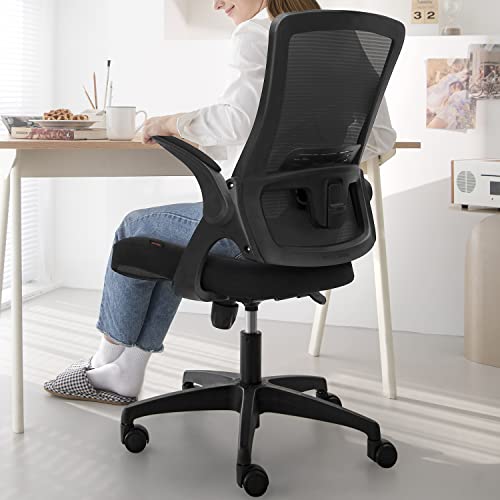11 Tips for Increasing Productivity
In today's fast-paced world, being productive is more important than ever. With so many distractions and things competing for our attention, staying focused and accomplishing everything we need to get done can be challenging. However, implementing some simple tips and strategies can dramatically boost your productivity levels and get more done in less time.
This comprehensive guide covers the best research-backed methods for increasing productivity across all areas of life. Read on to transform the way you work and unlock your full potential.
Table of Contents
What Does It Mean to Be Productive?
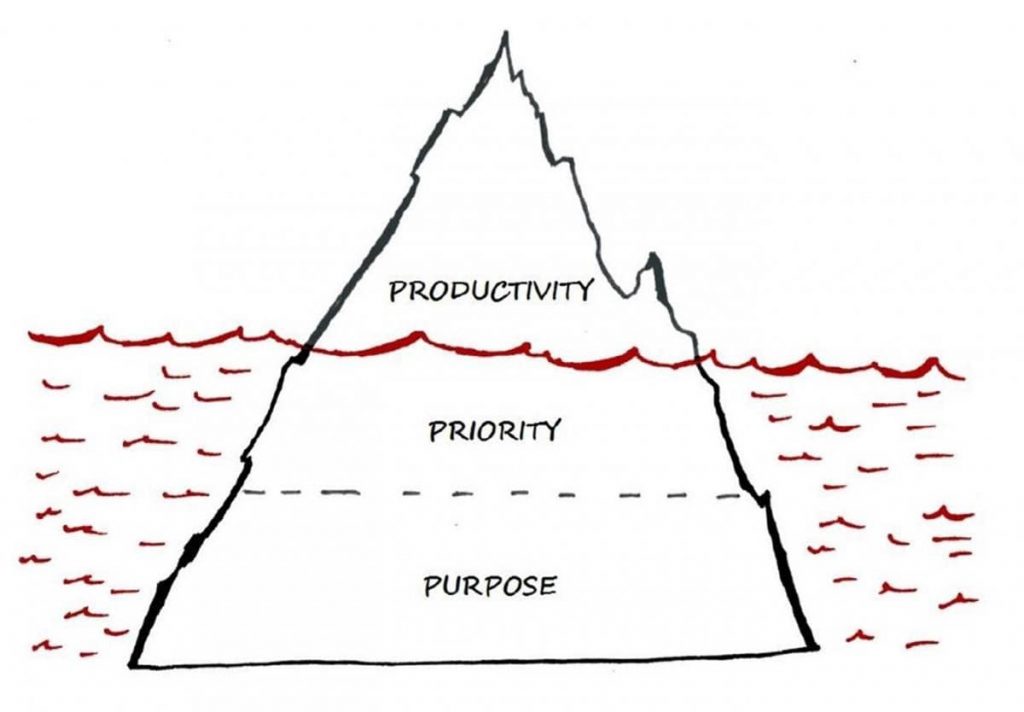
Before diving into the tips, let's define what productivity means. At its core, productivity is about achieving the results and outputs you intend most efficiently. It's about working smarter, not harder or longer. Some fundamental principles of high productivity include:
- You are focusing on essential tasks – Prioritising the 20% of tasks that generate 80% of your desired results.
- Minimising distractions and interruptions – Creating extended periods of uninterrupted time to focus.
- You are working within your peak hours – Doing demanding cognitive tasks when you have the most energy and alertness.
- Leveraging systems and tools – Implementing processes and technology to reduce wasted effort.
- Tracking meaningful metrics – Measuring productivity by results achieved rather than just activity or hours worked.
Boosting productivity is not about cramming more work into less time. It's about aligning your efforts with your goals to extract the maximum value from your time and energy.
Assess Your Unique Productivity Style
Before implementing broad productivity tips, it helps to understand your innate work style. Everyone is wired differently – some people naturally thrive in organised routines while others work spontaneously more creatively.
Identify Whether You Are a Manager or Creator
Managers gravitate towards structure, planning, lists, and systematically checking off tasks. Creators prefer brainstorming ideas, playing with concepts, and letting inspiration guide their workflow. Which tendency do you lean towards?
Determine If You Are a Morning or Night Owl
Some people peak early and can tackle challenging projects first thing in the morning. Night owls come alive in the evening and do their best work under deadline pressure. Are your most productive hours in the morning or afternoon/evening?
Recognise Your Internal vs External Work Orientation
External processors develop ideas by talking them out and bouncing ideas off others. Internal processors need space for solitary reflection before sharing nascent concepts. Do you think best aloud or alone with your thoughts?
Understanding your innate style empowers you to shape your environment and habits to allow you to thrive. Now, let’s explore concrete tactics to boost productivity tailored to different work preferences.
Setup Your Physical Workspace for Success
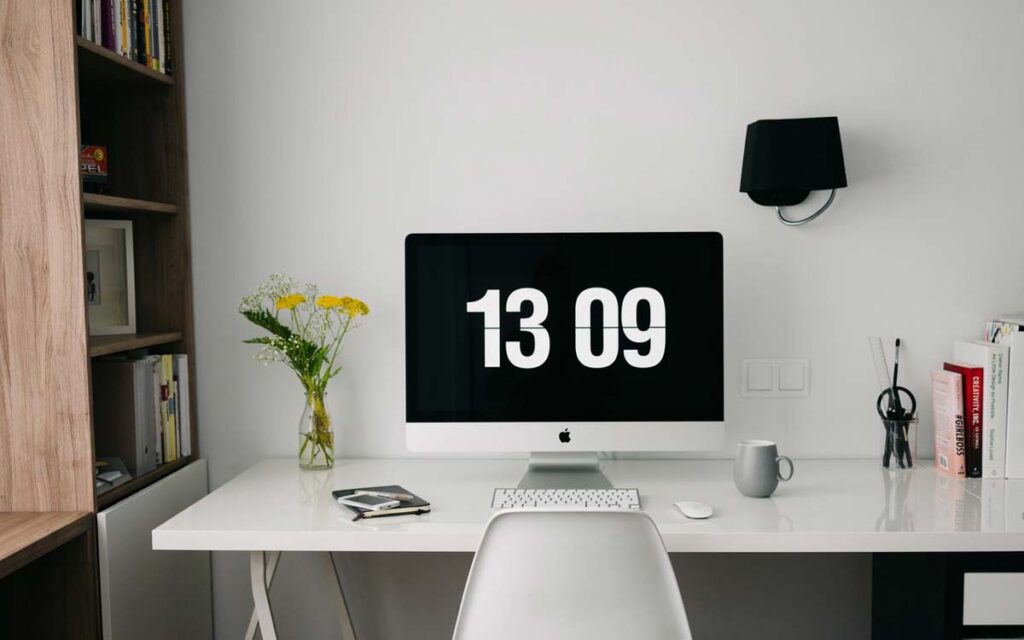
Your physical environment has an immense impact on your productivity. Poor lighting, uncomfortable chairs, clutter and noise can drain mental stamina. Thoughtfully designing your office or workspace maximises your time to sustain focused attention.
Ensure Proper Lighting Based on the Time of Day
Leverage daylight when possible, positioning your desk near windows. Install intensity adjustable lights. Bright light energises morning productivity. Use a warmer glow for lower afternoon/evening arousal.
Select an Ergonomic Chair to Avoid Discomfort
Avoid chairs that restrict blood flow or cause back, neck, or shoulder pain. Test chairs that:
- Support the natural curve of your spine
- Allow adjustable height and tilt for proper alignment
- Offer adjustable armrests and lumbar support
- Support & Comfort – Enjoy a chair with breathable mesh back support for your lower back and flip-up padded armrests, designed to adapt to any space.
- Ergonomic Excellence – Experience ergonomic perfection with a well-balanced, water-fall designed seat that provides day-long comfort- neither too firm nor too soft.
Declutter Your Workspace Surfaces
Physical clutter competes for mental resources, draining focus:
- File or store paper piles and items not actively in use
- Minimise desktop accessories and tchotchkes
- Use vertical storage to clear surfaces – shelves, drawers, racks, and wall systems
An organised, comfortable, well-lit workspace fuels productivity without distraction or physical strain.
Set Up Digital Systems and Tools to Boost Efficiency
Technology offers game-changing productivity opportunities – automating tedious tasks, centralising information access, facilitating collaboration and more. Audit your current tech setup. Identify manual processes to systematise and gaps in your digital infrastructure.
Streamline Communication Channels
- Consolidate multiple email accounts into one primary inbox
- Set up collaboration apps like Slack or Teams for team communication
- Use cloud-based project management software for task lists and progress tracking
Automate Repetitive Administrative Tasks
Leverage tools like Zapier and IFTTT to eliminate manual busywork:
- Auto-sort invoices into folders in Google Drive or Dropbox
- Auto-log completed Trello cards to a progress spreadsheet
- Auto-upload phone photos to cloud storage services
Digitally Organise Your Files
Implement a consistent file naming and organisational system across services:
- Prefix file names with client, project, version, and status like “ClientA_Report_Draft1_20230103.”
- Use cloud syncing solutions like Dropbox or OneDrive for universal access
- Tag files with keywords for quick searchability
Take advantage of technology to minimise the energy drained by logistical administration so you can devote focus to high-value priorities.
Systematise Your Morning Routine for a Productive Start

How you spend your mornings sets the trajectory for the rest of your day. A thoughtful morning system eliminates decision fatigue, instills a sense of calm, and ensures that you begin your workday aligned with your priorities.
Wake Up Early Enough to Avoid Rushing
- Light stretching or meditation allows 15-30 minutes to ease into consciousness.
- Multi-task by listening to a podcast or audiobook while getting ready
- Ensure you aren’t drained by beginning your commute or work while still groggy
Standardise a Healthy Breakfast Routine
- Prepare make-ahead choices like overnight oats, chia pudding or smoothies
- Opt for balanced nutrition – complex carbs, protein, healthy fats
- Hydrate with a full glass of water immediately upon waking
Review Your Schedule and Goals
- Reorient to your priorities for the day.
- Plan meetings, calls, and productivity blocks into your calendar
- Set 1-3 most important goals to keep at the forefront
Beginning each morning intentionally eliminates mad dashes, stress and decision overload throughout the rest of your day.
Use the “Sandwich Method” to Tackle Dreaded Tasks
We all have work we deeply resist – whether an administrative chore, creative project or contentious conversation. Putting off essential but unmotivating tasks strains productivity. Use the sandwich method to plough through your to-do list painlessly.
Start and End with Something You Enjoy
Bookend the dreaded task between two activities you like:
- Returning client calls –> Write monthly newsletter –> Lunch break phone call with a friend
The human brain rewards forward progress. By sandwiching an unpleasant task between two small pleasures, you leverage momentum to eliminate procrastination.
- A5 SIZE & UNDATED LAYOUT – This undated daily planner is A5 organizer, perfect for handwriting, which contains 1 reference information page, 1 yearly overview (calendar of 2024-2025), 1 contacts page,1 important dates pages,150 pages for daily planning with hourly schedules, top priorities, to do list, waterintake and 6 notes pages(lined) for note-taking, lists, goals etc, which help you manage your time efficiently and achieve your goals perfectly. Undated appointment planner makes it easy for you to start this planner at any time
Use Mini-Milestones to Stay Motivated
Break larger challenging projects into manageable sub-tasks so you feel a regular sense of accomplishment. Use the sandwich technique on micro-levels too:
- Outline section header
- Draft one paragraph
- Tidy desk drawer
- Draft second paragraph
The regular small wins keep you energised to persist through otherwise overwhelming initiatives.
Leverage dopamine boosts from activities you enjoy to propel efficiency on those you don’t but still need to complete. The sandwich method makes it easier to bite into the trickier parts of your workload.
Optimise Focus Time to Take Advantage of Your Peak Hours
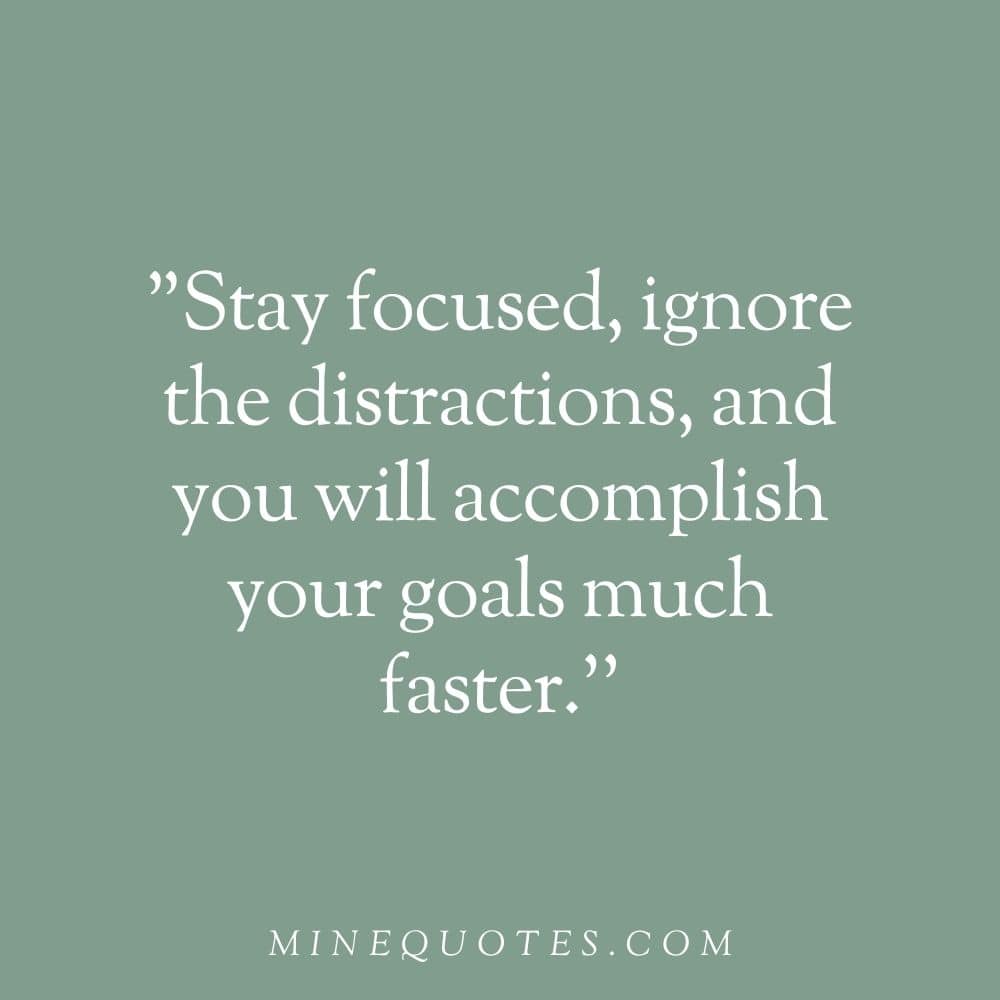
Our mental clarity and energy fluctuate significantly throughout the day. In the early morning, cortisol and adrenaline spikes make us alert and focused. By mid-afternoon, the production of sleep hormones melatonin and adenosine causes drowsiness and brain fog. Your work output follows the same rhythms.
Identify Your Optimal Focus Hours
Track your energy levels across the week. When do you feel clear-headed, creative and engaged? Guard these peak hours from interruptions or distractions. Align this prime productivity time with mission-critical work.
Be Ruthless About Protecting Focus Time
Eliminate external distractions:
- Silence phone notifications
- Close email, Slack, Trello
- Shut the office door or workspace entrance
- Display “Do Not Disturb” sign
You have a finite amount of peak mental energy. Spend this precious non-renewable resource on the endeavour that matters most. Schedule less taxing administrative or busy tasks when focus begins to wane later in the day.
Productivity skyrockets when we align intense effort with peak performance hours to accomplish our most important projects first.
Overcome Procrastination By Shrinking Big Tasks Into Smaller Pieces
Procrastination often stems from feeling overwhelmed by a project's scope, complexity or tedium. We all have an instinct to turn away and distract ourselves when presented with an amorphous giant task with no clear starting point. Fortunately, you can leverage the human urge to complete things by shrinking that big, scary goal into “bite-size” pieces.
Break It Down Until It's Non-Intimidating
Keep asking, “What's the very next step?” until you identify a ridiculously easy increment to begin. Instead of “Write brand strategy presentation,” it becomes:
- Open PowerPoint
- Create slide master with branding
- Make title slide with name and date
- Write section header: “Business Case for Rebranding
When the next step seems laughably simple, resistance dissolves. Momentum builds as you tick off micro-wins. Before you know it, the giant task is in the rearview.
Use The 2-Minute Rule To Blast Through Tedium.
The two-minute rule states that if an item on your to-do list would take two minutes or less, just do it immediately. This approach helps sidestep procrastination by jumping straight into tasks before giving yourself time to make excuses. Use it to breeze through minor administrative items like:
- Responding to simple emails
- Scheduling appointments
- Paying a bill
- Filling out a form
Leveraging tiny increments of progress keeps you active and eliminates excusing away short tasks. Before you know it, you'll be tackling more complex items.
Implement The “No-Device” Rule During Creative Work
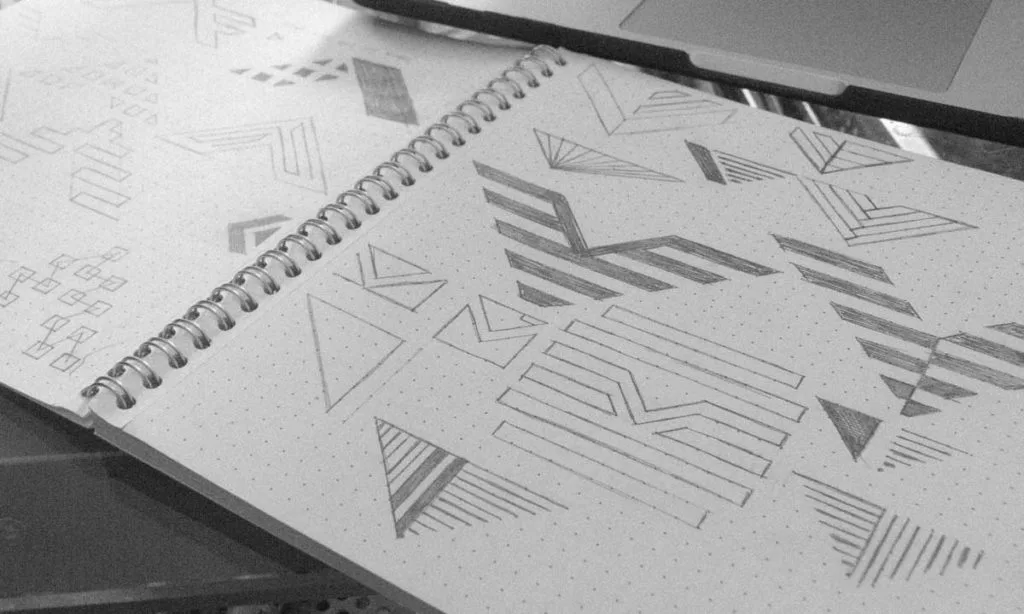
We live in an unprecedented era of distraction – social media, email, Slack, text messages, and more compete constantly for our attention. While digital connectivity enables convenience and efficiency, it also frazzles focus, drains mental stamina and hampers deep creative thought.
Define Device-Free “Creation Zones”
Establish device-free spaces, whether tackling an intellectually demanding project, learning a new skill, writing a proposal, or preparing for a speech. Possible options:
- Your office with the door shut
- A quiet coffee shop
- Library study room
- Park bench
With your laptop tucked away and your phone on silent, you create the mental space for original ideas to emerge without interruption.
Schedule Weekly “Off the Grid” Blocks
Carve out longer windows of time explicitly away from digital distraction:
- Friday late afternoon –> Monday morning
- Unplugged weekend days
- Half day sabbaticals
Step back to gain a fresh perspective. Reinforce your ability to sustain focus without constant task-switching. Return recharged, inspired and reflecting more insightfully on the priorities before you.
Unfettered space to contemplate and create without digital diversion is essential to nurturing productivity and innovation in the long term. Define and protect digital-free spaces.
Conduct A Monthly Time Audit To Ensure Alignment
As the weeks fly by amid the flurry of activity, it’s easy to lose perspective on how you spend your time. You assume you're focused on critical goals or projects, but often, the days slip away on semi-urgent tasks of questionable importance. Use monthly time audits to course correct.
Track Your Hours Meticulously For One Week
Download a time tracking app or use a template spreadsheet to document:
- Exact start/stop times for activities
- Categorise tasks by type – calls, meetings, email, documentation etc.
- Denote priority level – mission critical, moderately important, minor
Don't justify or rationalise what you work on. Just create an objective tally of where your hours go.
- Amazon Kindle Edition
- Abdaal, Ali (Author)
- English (Publication Language)
- 292 Pages – 12/26/2023 (Publication Date) – Celadon Books (Publisher)
Analyse Areas of Misalignment
Does your time expenditure match state priorities and goals? Look for mismatches, signalling a need to rework processes or schedules. Ask questions like:
- Why am I spending 15+ hours on client billing when I hate it? Can I automate or delegate it?
- I want to grow my YouTube channel, but I spent zero hours filming or editing last week. Why?
- Just 3 hours went towards new product development, even though it’s supposedly my organisation's top priority. How do I fix this disconnect?
Regular check-ins ensure you remain conscious of how you spend your days. Course-correct influences are sabotaging your productivity.
Fine Tune Energy Management By Tracking Ultradian Rhythms
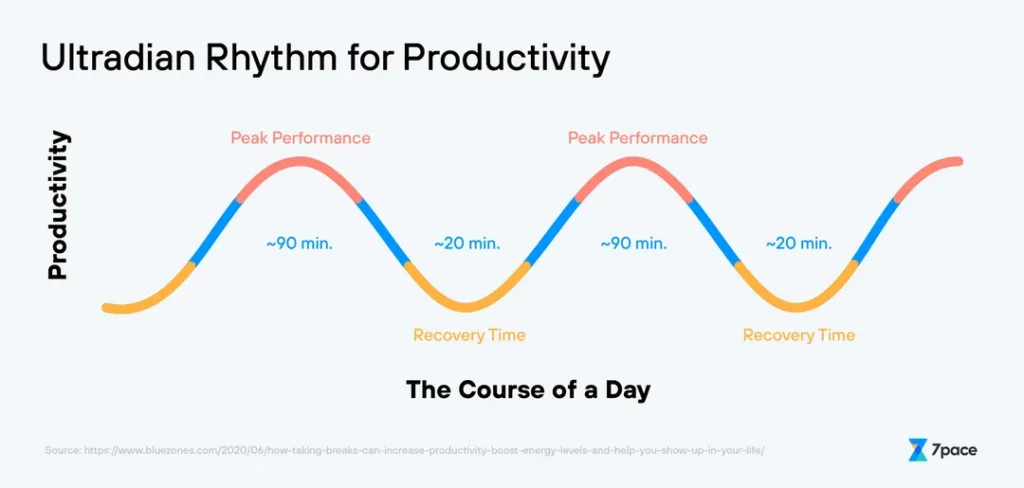
We all intuitively know that our focus, motivation and alertness fluctuate throughout the day. However, a hidden driver of productivity is hidden inside our natural circadian cycles. Every 90-120 minutes, the brain alternates between higher and lower activity states – ultradian rhythms. Align work with this pulse, and you unlock more efficient effort.
Plot Your Energy Waves
Download an app like HoursTracker and log your perceived energy levels every 20 minutes. Look for recurring peaks and valleys. At the transition points, jot quick notes about what you feel. After a week, begin spotting your unique patterns.
Ride Your Ultradian Wave By Time Blocking
Look at upcoming projects, use the time-blocking method, and split them into 90-minute chunks of effort. Align creative sessions requiring intense focus with your energy peaks. Schedule more tactical tasks during valleys. Overlay this rhythm atop your usual morning/afternoon division for next-level time blocking.
You may hit a slump every hour and a half, but it only lasts 20 minutes! By anticipating the fluctuations, you avoid frustration and use bio breaks effectively to recharge for the next ultra surge.
Set Consistent Sleep Standards to Fuel Performance
Sleep is profoundly undervalued in our hustle culture, yet nothing impacts daily productivity more than how rested your brain and body feel. Neglecting sufficient, high-quality sleep leads to mental fog, emotional volatility, lack of motivation and weakening resilience. Committing to healthy sleep habits pays exponential dividends in the long term.
Keep a Consistent Rest Schedule
- Establish consistent bed and wake times, including weekends
- Only vary sleep schedules in 15-minute increments
- Allow your body rhythms to stabilise
Inconsistency sabotages productivity by disrupting your circadian cycles. Committing to steady rhythms supports restorative rest.
Optimise Conditions for High-Quality Sleep
- Cool temperature between 60-67 degrees
- Eliminate LED light from devices before bed
- Consider blackout curtains and a white noise generator
- Avoid alcohol, heavy foods and stimulating activities before bed
Quality trumps quantity when it comes to sleep’s impact on workplace performance. By proactively controlling sleep conditions, you awaken feeling truly recharged and ready to deliver your best work.
Conclusion: Start Increasing Productivity Today
Implementing even a few of these science-backed tactics can profoundly expand your capacity. Begin tailoring your habits and environment to allow you to work within your natural rhythms and preferred style. Commit to organisation systems that eliminate wasted mental effort on logistics. Protect time for creative flow free from digital distractions.
The more strategic you become about self-management, the more easily high-value priorities will draw your time and energy. You cannot rely on motivation alone to fuel consistent excellence. That’s why creating the conditions for efficiency matters – your routines, rituals, and workspaces shape daily performance.
Keep exploring new ways to maximise personal effectiveness. Regularly conduct time audits to calibrate alignment with your goals. Challenge excuses or rationalisations that divert you from activities you find challenging but essential. Commit to continuous improvement around productivity and unlock capacities you didn't know you possessed!
Frequently Asked Questions About Increasing Productivity
What is the single most impactful productivity habit I can implement right away?
The consensus top habit that generates immediate efficiency gains is time blocking – purposefully mapping your work hours in advance to align with priorities. Simply carving out 2-3 hours of protection from distraction can double or triple the output on creative projects.
What is the ideal work interval length for deep focus?
Research suggests our attention span maxes out around 90-120 minutes. Set a timer and work in powerful sessions for 60-90 minute chunks, taking bio breaks when you switch tasks or projects. The constraint of a deadline paradoxically enhances the ability to tune out distractions.
Should I schedule challenging or easy tasks first to build momentum?
Everyone has different optimal patterns, but in general, it’s wise to begin with a moderately difficult task you feel confident accomplishing. Knocking out a few quick administrative items can backfire by pulling you into reactive mode vs intentional priorities. However, ending your workday on unfinished complex projects sabotages mental recovery during off hours.
Is music or ambient noise beneficial for intense focus work?
It depends on personal preference! Many people love instrumental music to establish flow, while others find melody too distracting. If you work well tuning out lyrics, consider video game soundtracks. Alternatively, try coffee shop background audio. Experiment to see what environment helps you zero in.
Last update on 2024-06-03 / Affiliate links / Images from Amazon Product Advertising API

